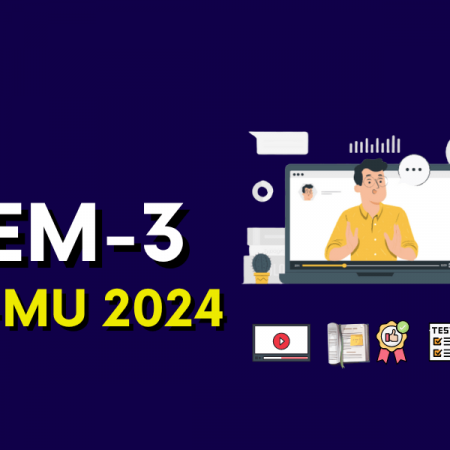Database Management Systems – Sem-3 IT
₹39,999.00
₹29,999.00

-
ABOUT THE COURSE
-
[DBMS] Module 1 - Introduction Database Concepts
-
[DBMS] Module 2 - Entity–Relationship Data Model
-
[DBMS] Module 3 - Relational Model and relational Algebra
-
[DBMS] Module 4 - Structured Query Language (SQL)
- Introduction to SQL
- Data definition language
- DML ( data manipulation language )
- DRL ( Data Retrieval Language)
- Aggregate Function in SQL
- Types Of Joins & Inner Join
- Left, Right & Full Join
- SQL Queries | Solved Example – 1
- SQL Queries | Solved Example – 2
- SQL Queries | Solved Example – 3
- SQL Queries | Solved Example – 4
- SQL Queries | Solved Example – 5
- PL SQL | part 1 |
- PL SQL | part 2 |
- Query Processing And Query Optimisation [Part 1]
- Query Processing And Query Optimisation [Part 2]
- Query Processing And Query Optimisation [Part 3]
- Query Processing And Query Optimisation [Part41]
- Integrity Constraints
- Trigger
-
[DBMS] Module 5 - Relational-Database Design
-
[DBMS] Module 6 - Transactions Management and Concurrence
- Concurrency Control
- Concurrency Control – Lock Based Protocol in DBMS Transaction
- Timestamp Based Protocol
- Deadlock Full concept in DBMS transaction management
- Shadow Paging in Database Recovery
- Log Based Database Recovery
- Shadow Copy Technique in Database recovery
- Transaction State and Acid Properties
- Transaction Schedule
- View Serializability
- Conflict Serializability
-
[DBMS] Importance
-
[DBMS] Viva Question




